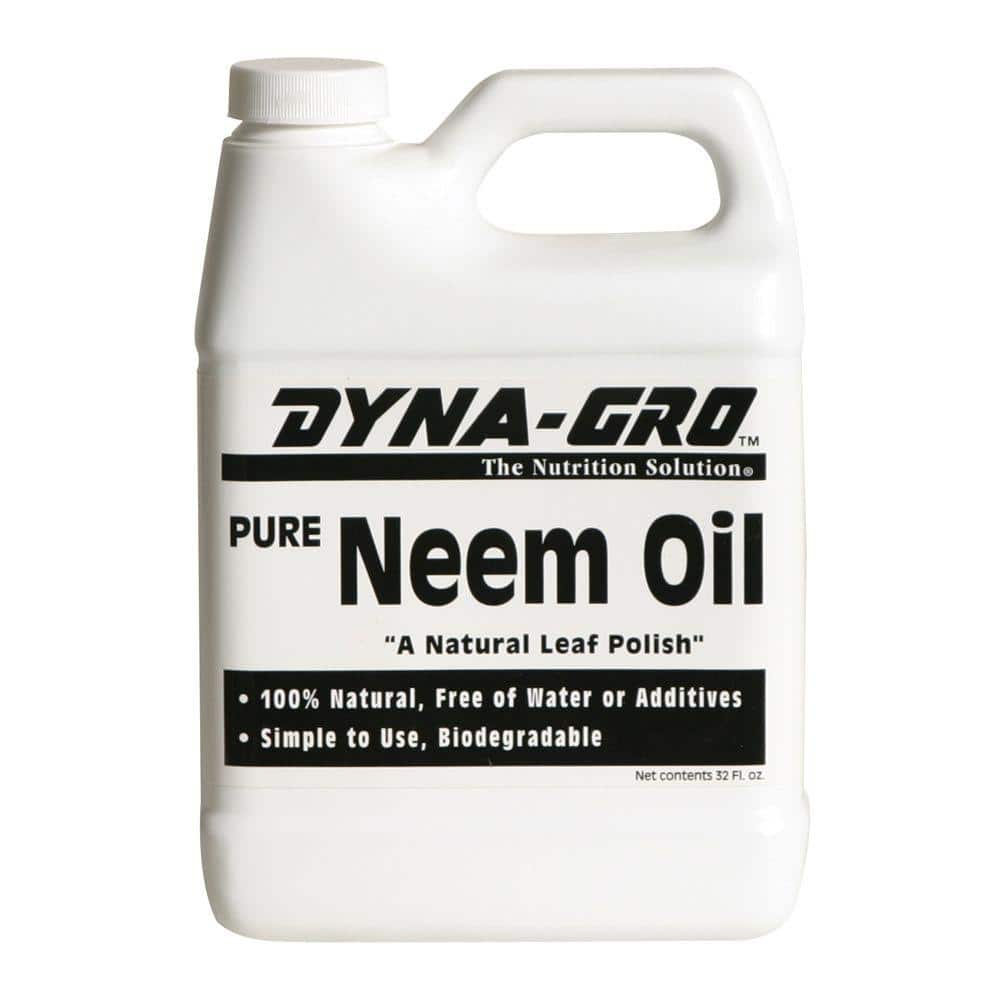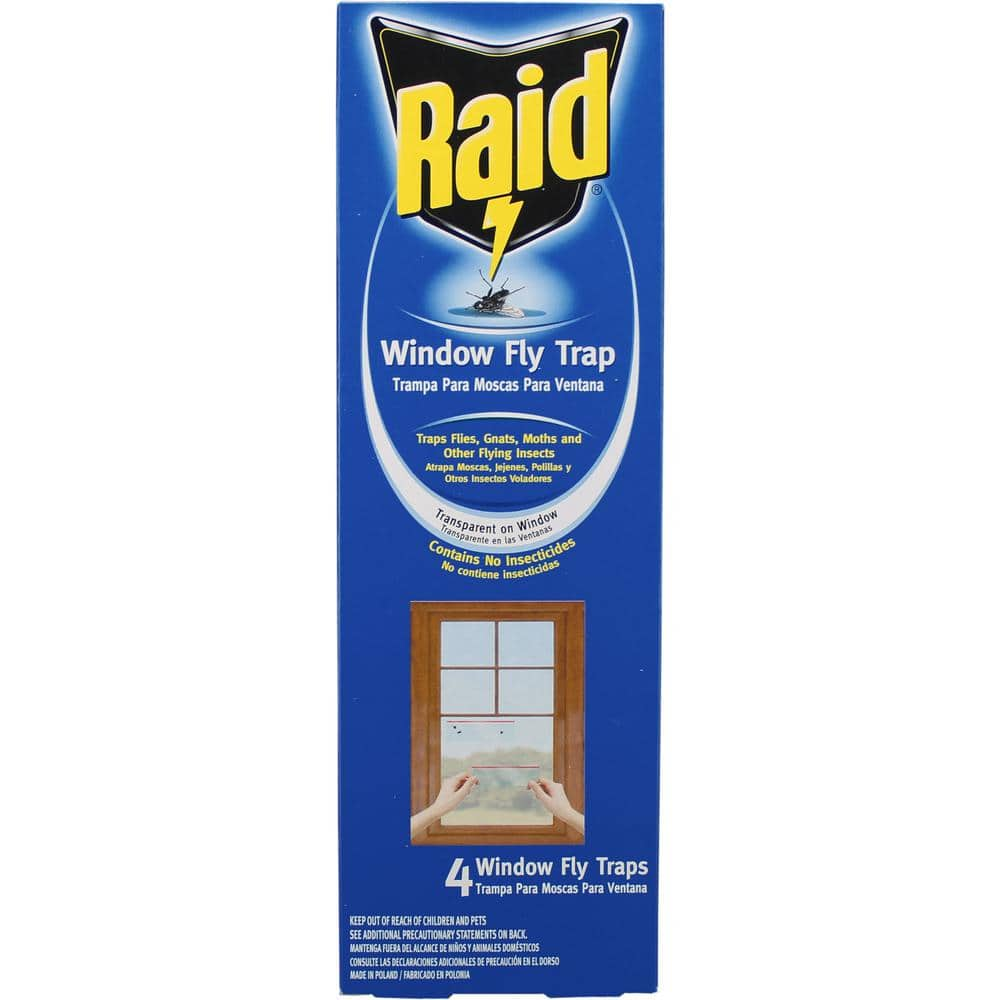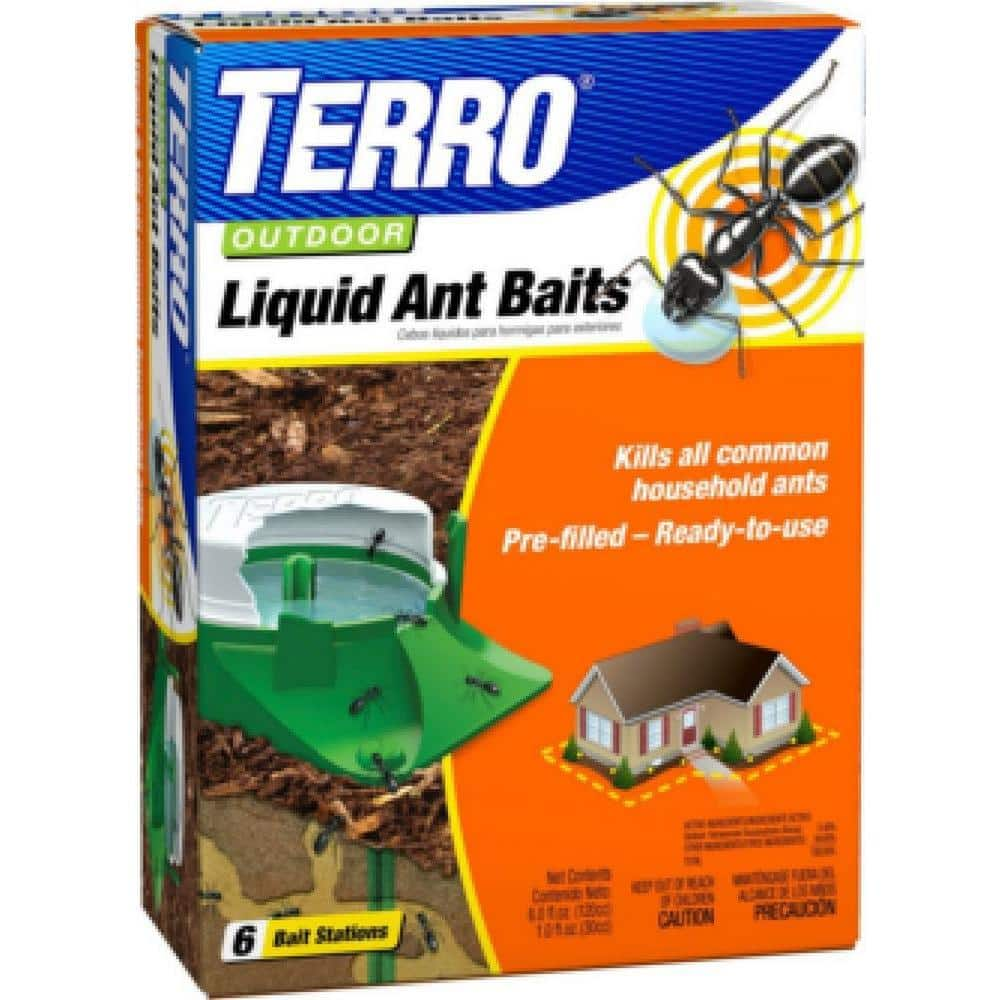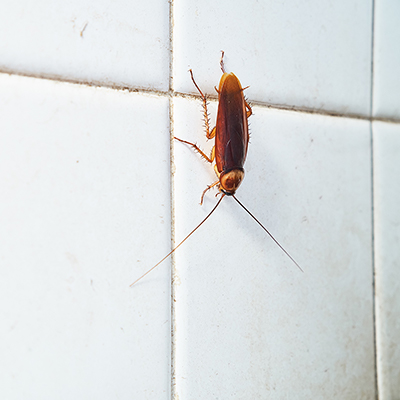How to Get Rid of Ants

Last updated August 22, 2024
Ants are persistent pests. An infestation can be hard to control because of the nature of the insect, but there are specific steps you can take to get an ant problem under control. With the right ant killer and some simple preventive measures, you can stamp out ants and keep them out of your home all year round. This guide will teach you how to get rid of ants in the house with some basic identification and application of chemical treatments, and how to kill ants with natural treatments.
Table of Contents
How to Identify an Ant Problem
Apply Indoor Treatments
Apply Outdoor Treatments
Ant Liquid
Ant Bait Stations
Ant Granules
How to Identify an Ant Problem

Ant activity spikes in the spring and fall. Changes in weather, including heavy rains or drought, can drive ants indoors looking for more hospitable areas in which to live. They can enter through any small opening in the home, and if you see one, more will soon follow.
Though small individually, an invasion of ants can cause all kinds of household problems. They can contaminate food and spread diseases, and some biting and stinging ants produce allergic reactions in humans and pets. Further, some species of ants can cause structural damage and chew through household wiring.
There can be some identification confusion between ants and termites; the two seem similar upon initial encounter, but a closer look can reveal exactly which of the pests you are taxed with.
Ants:
- Have slender waists and bent antennae
- Have longer legs
- In winged specimens, front wings are longer than back wings
Termites:
- Have thick waists and straight antennae
- Have shorter legs
- In winged specimens, both pairs of wings are the same length
Because ants swarm, once you have an infestation, they can be difficult to dislodge. It takes vigilance and a combination of treatments using both home and perimeter insect control, but an ant problem can typically be resolved within a week or two. Follow-up prevention is key to ensure that they do not return.
Apply Indoor Treatments

Ant baits work well as an indoor treatment because ants are social creatures. They will bring the bait back to the colony to share, which will help destroy the colony. It is important to regularly check insect traps and periodically refresh them to ensure they continue to be effective. Baits have the added advantage of being easy to place and relatively mess-free.
Some ants are more attracted to sweets and some to fats and oils. To ensure you have the broadest range of attractants, use both carb-based and protein-based bait traps. Baits can be placed in an area where you have seen ant activity in the home, but do not place them directly on an ant trail; ants will avoid bait traps placed in this manner. Place a bait trap near areas of activity and in spots that are likely to attract ants. Try placing them near drains, in kitchen cabinets, under the stove and refrigerator, and anywhere there are wall openings, such as around pipes and wall outlets.
Sprays can be used indoors to supplement baiting; in the event that ants already have an established food supply indoors, they may ignore baits. It is best to use a non-repellent ant spray to keep the ants from detecting the spray, allowing them to walk through the treated areas and pick up the product on their bodies so they can transport it back to the colony. A non-repellent spray will usually not kill on contact and will take more time to begin killing ants, but it will ultimately be more devastating to the colony over the long term as it spreads and infects more ants.
Apply sprays into crevices along baseboards and around all openings in the home such as windows, door frames and patio sliders.
Safety Note: Store all ant treatments out of reach for kids and pets, as some may be toxic or harmful to them.
Apply Outdoor Treatments

Outdoor ant populations must be kept under control to prevent them from moving inside. Outdoor ant baits are a viable option to help control outdoor ant activity that’s happening around your yard, but ants won’t always prefer the same type of bait, so it is best to use both ant liquid bait and ant granules. Place bait stations near ant trails and check and refresh the bait on a weekly basis.
Ant killer sprays kill on contact, but only about 20 percent of an ant colony will venture outside. This leaves the vast majority of the colony intact. This means more frequent re-treatment will be needed to fully eliminate an ant problem. A better spray option is a non-repellent spray formulated for outdoor use. Ants will be less likely to avoid spots where these sprays are applied and transport them back to the colony.
To apply non-repellent spray, choose a dry day without much wind. Spray liberally around the perimeter of the yard and any outdoor structures, such as sheds, barns or detached garages. Lightly spray closer to the home as well, concentrating around the home’s foundation and any external openings where pipes or wiring might run into the home.
Ant Liquid

Ant Liquid:
- Good for even coverage over large areas.
- Highly effective in concentrate form.
- How to apply:
Spray ant liquid outdoors in areas where you see large groupings of ants. You can also use this liquid on the ant hill itself. - How it works: Ant liquid will usually kill on arrival. The liquid is filled with ant poison, and will kill an ant once it touches it.
- When best to use: It's best to use this liquid when you notice ant hills in your yard.
Ant Bait Stations

Ant Bait Stations:
- Easy-to-use; simply place a bait down wherever it's needed.
- Cost-effective; bait is usually worth the price, and will get the job done.
- Allows poison to be carried back to nests.
- How to apply:
Place them in areas ants frequent indoors, such as around food. - How it works: When the bait is placed, ants will carry the poison back to their colony, which will kill them.
- When best to use: When you notice ants in your home, use ant bait. They won't work as well outside.
Ant Granules

Ant Granules:
- Easy-to-apply; simply place granules in affected areas.
- How to apply:
Place the granules around your home's exterior; do not place them inside your home. - How it works: The granules prevent ants from entering your home. They eat the granules and typically die within a day or so.
- When best to use: Use granules when you notice ant hills and ant activity near your home.
Ant Spray

Ant Spray:
- Kills on contact
(keep away from kids and pets). - Easy to use; simply switch it on and spray on the affected area.
- How to apply:
Use ant spray on indoor areas that have been overcome by ants. Just point and spray. - How it works: Once the spray hits the ant, it kills it on contact.
- When best to use: Use when you see ants in your home and are on your kitchen countertops and other spaces.
Consider Natural Ant Treatments

When considering how to get rid of ants, and ultimately how to kill ants, remember that there are a number of natural ant remedies that are reported to be effective when consistently applied. If you prefer to avoid chemical treatments, a combination of home remedies for ants may help get rid of an ant infestation, though the process may take more time.
Diatomaceous Earth: As with other insects, diatomaceous earth (DE) works to kill ants by lacerating their hard exoskeletons and dehydrating them. Obtain food-grade DE, as other types will not be as effective. Apply DE in thin layers in hard-to-reach areas between cabinets. Follow product safety recommendations when using DE. Gloves and masks are usually advised.
Safety: Do not apply DE to counters, open or drafty areas or anywhere food is prepared. Apply in thin layers and wipe up any visible residue immediately. Always read and follow label directions for safe use of any pesticide.
White household vinegar can be used as ant spray. You can saturate ant trails to kill on contact, or spray counters and other areas and either wipe up after a few minutes or allow the treatment to dry in place. The acetic acid in vinegar kills ants and disrupts their scent trails, making it harder for more ants to follow the path.
Perform Preventive Maintenance

Mitigate ant infestations with the use of products, but treatment alone will only temporarily clear up the problem. To make sure ants don’t return, you must take preventive measures to support the effectiveness of your selected treatment methods.
Clean up outdoors. Routine, thorough outdoor maintenance can help keep ants at bay.
- Trim back foliage, shrubs and low-hanging tree branches so that they do not touch the house and offer ants a pathway indoors.
- Rake mulch and landscape materials back to clear a 6-inch zone around the base of the house.
- Remove grass clippings, leaf and wood piles and any fallen ripe fruit from the ground to eliminate places ants might try to harbor.
- Store outdoor trash and recycle bins at least 10 feet from the house and wash them every few weeks with a strong ammonia solution to keep them cleaned out.
- Keep gutters and downspouts free of debris; this also eliminates a source of standing water which might attract ants.
Keep indoor areas clean and food-free. Limiting ants’ access to food will encourage them to move out. This may require taking additional steps beyond your normal cleaning routine.
- Deep clean your microwave regularly and wipe the interior daily.
- Clean out the inside of toasters and toaster ovens and empty and wipe the crumb tray after each use.
- Clean the inside and outside of indoor garbage cans. Use can liners and keep lids tightly closed.
- Clean floors under large appliances like the refrigerator or stove more often.
- Clean up spills or overflow on the stove as soon as possible before it has a chance to set.
- Store opened dry goods like cereal, grains or sugar in airtight containers with tight-fitting lids.
- Keep produce and bread in the refrigerator rather than on countertops.
- Clean the outside of condiment jars and ensure pantry shelves are kept clean. If you have an active ant problem, consider placing condiment jars inside resealable plastic bags.
Eliminate standing water. Easily accessible water will encourage ants, so take steps to dry up any areas water may gather.
- Dry out sinks and tubs every evening and cover the drain hole with a cap or stopper.
- Wring dry kitchen rags and sponges and hang outside to dry or store overnight in a sealed plastic bag or container.
- Keep the condensation drip pan under the refrigerator emptied and dried out.
- Check under sinks and around appliances for any leaks; if you find any unusually wet areas, you may need to call a professional for assessment and repair.
Experts recommend trying several approaches to get rid of ants. Sometimes it takes many types of ant control products to truly get ant populations under control. If you follow these guidelines, and keep up with preventive measures, you should be able to keep ants at bay.
When you know how to get rid of ants, you can keep the pests under control. Follow these guidelines and keep up with preventive measures to rid your home of these pests. However, if the ant infestation gets worse, be sure to call a professional. Use the Home Depot Mobile App to locate products and check inventory. We’ll take you to the exact aisle and bay.
































